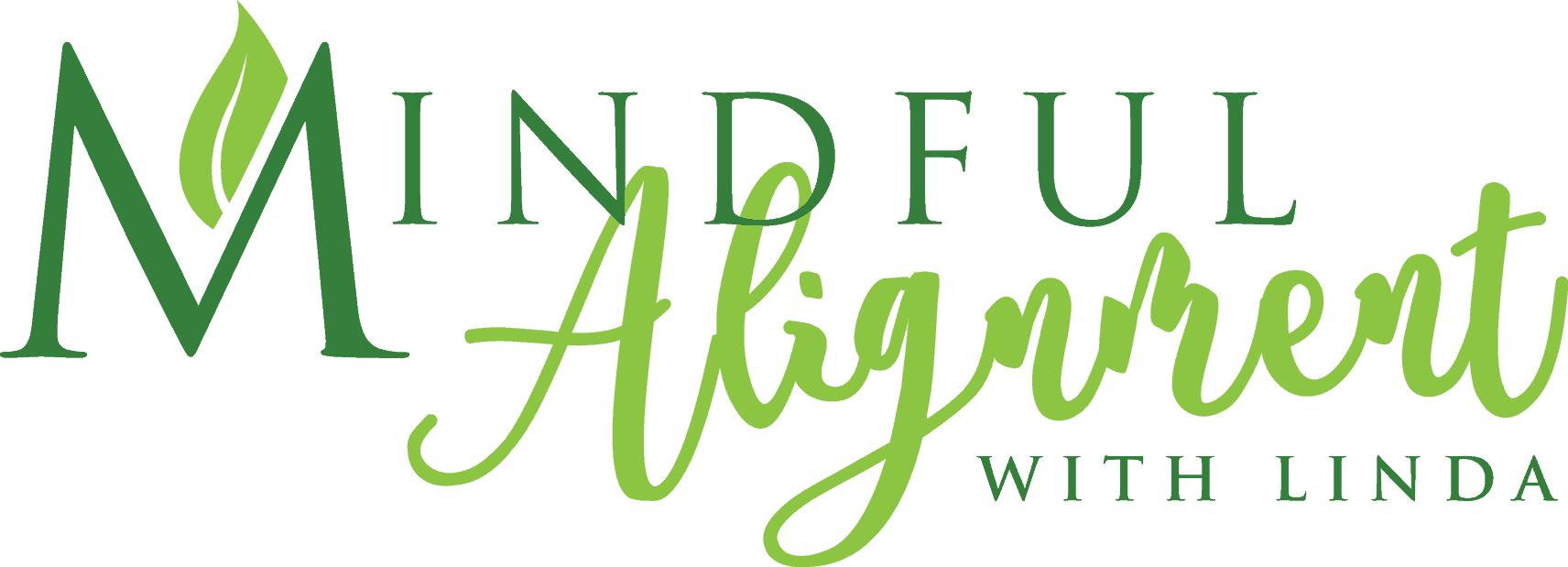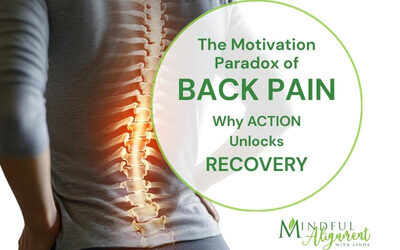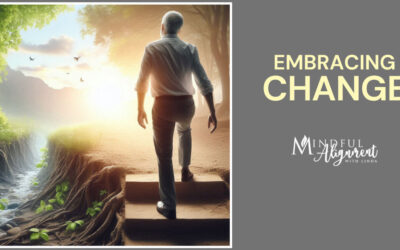Common Causes of Headaches, Neck Pain & Shoulder Pain
What Causes the Pain
You’ve likely heard by now that “sitting is the new smoking.” Why? Because prolonged sitting is detrimental to your health.
You may have also heard that “tech neck” or the head forward position may be detrimental to your health. In most cases, sitting contributes further to this detriment!
Most of us know that too much “stress” is also detrimental to our health.
What do these facts have in common? Many of us hold too much stress in our shoulders and neck. As we slump forward, the muscles become tighter in a way that is not optimal for your body.
As we go through our daily routines, you might typically expect that our neck just automatically allows us to do whatever we need and want to do. This assumption is why we need to understand the mechanics and anatomy of our necks.
The Structure and Function of the Neck
Let’s take a moment to look at the structure of the neck. The cervical spine consists of 7 vertebrae or bones that are stacked to support the head. The cervical spine also has various muscles, ligaments, tendons and nerves. Your skull connects with the top of the cervical spine. The bottom vertebrae connect to the upper back. There is a curve that gently curls to the front of the body. This curve is necessary to support the weight of the head.
Your head weighs typically about 7-8 pounds when stacked over the spine. The head’s weight increases as the head come forward, putting a strain on the cervical spine. (More about that later.) Along the way, that curve in the neck flattens out, leading to other issues.
Likewise, the cervical spine is strong and flexible; it allows the neck to move in many directions.
When the chin tilts down to the chest, that is called flexion.
Performing overhead work, such as painting a ceiling, causes the chin to lift. This movement is called extension.
When the head turns from one side to the other, this is referred to as rotation. This movement is especially useful when looking to the side or backing-up your car.
When you perform some neck stretches during a yoga or exercise class, such as taking your ear to your shoulder, that is lateral flexion.
Of course, some movements combine directions.
The Cervical Spine
The cervical spine is one of your body’s most complicated areas. In addition to allowing the head to move, the cervical spine has other functions. It protects the spinal cord, the nerves that send messages between the brain and the body. Small holes in the vertebrae allow the arteries to carry blood to the brain. When the cervical spine is not optimally aligned, the nerves and vascular system can be negatively affected.
Muscles in the neck support the cervical spine and help facilitate movement in the upper back, shoulders, neck, and head. Some muscles attach the cervical spine to the shoulder blades or the mid-back. Others connect the base of the skull to the cervical spine.
When there is Tightness in the Neck Muscles
If there is tightness in the neck muscles, the heart space may be effected. Then that imbalance affects other parts of the body. Tightness from one shoulder can be traced to the heart center and down to the hip. This is an example of how one part of the body is connected to other parts of the body, causing imbalances. It’s not just the muscles that are affected, but the tendons, ligaments, and fascia.
The workload for any muscles that attaches to the cervical spine can increase when your head is in the forward position. Gradually, the muscles may lengthen, shorten, weaken or become tighter. Both scenarios may lead to imbalances in the body as your body tries to adapt.
Tension in the shoulders and sitting with your head, neck, and shoulders in the forward position negatively affect your muscles, leading to chronic pain and headaches. Besides, imbalances may affect the vertebrae’s placement in the cervical spine, causing other negative consequences.
Try this next time you’re sitting for an extended period of time:
Do some neck and shoulder stretches. Relax your shoulders away from your ears. When stressed and overwhelmed, roll your shoulders down and back. Drawing a figure ‘8’ with your chin may help as well!
Here’s table describing the major muscles in the cervical spine and shoulders.
Muscle
Location
Movement
Lector Scapulae
Goes from the cervical spine to the top of the shoulder blade
Helps the head to rotate, bend side to side and lifts the shoulder blade
Trapezius
Goes from the base of the skull into the mid-back and to the shoulder blade
Helps rotate the head, extends the head up and the neck backwards, and lifts the shoulder blade
Erector spine
Runs the entire length of the spine
Supports your posture, helps rotate the neck and extends your head backwards
SCM (Sternocleidomastoid)
SCM
Attaches to a bone behind the ear attaching to the collarbone and sternum
Helps the head to rotate to the side and the chin to tilt upward
Suboccipitals
Connects the cervical spine to the skull
Helps with head rotation and extension
Other muscles
Runs along the front of the spine to stabilize the cervical spine
Helps the neck to flex forward
To find out more about the common causes of headaches, neck pain and shoulder pain, see the continuation of this article HERE
Are you tired of living with pain?
Are your activities and daily choices determined by your level of pain?
Are you ready to change your life for the better and gain back your physical freedom?
My unique and custom designed approach comes from years of training, education and experience. Together, we will get you back to living pain free and enjoying life.
Sign up for a private session today
It’s never too late to try something new.

Related Articles:
The Motivation Paradox: Action is the Catalyst for Healing Back Pain
Discover the Motivation Paradox of Back Pain—why waiting for motivation keeps you stuck and how action is the true catalyst for healing. Learn science-backed strategies to break the pain cycle and reclaim mobility.
Transform Back Pain Anxiety: From Uncertainty to Empowerment
Discover how to navigate pain anxiety with empowerment. Embrace uncertainty and reclaim your healing journey through mindfulness and resilience.
Transforming Your Relationship with Back Pain: A Mindset Revolution
Back pain is more than a physical challenge—it's a profound psychological journey. The real battle isn't just in your muscles and joints, but in your mind. Your thoughts can either be a prison or a pathway to healing. Reframing Your Inner Narrative When chronic pain...
Embracing Change: A Journey of Small Steps
Embracing change through small steps: Focusing on small, consistent steps emphasizes sustainability and avoids overwhelming change, which is key to maintaining health goals.




